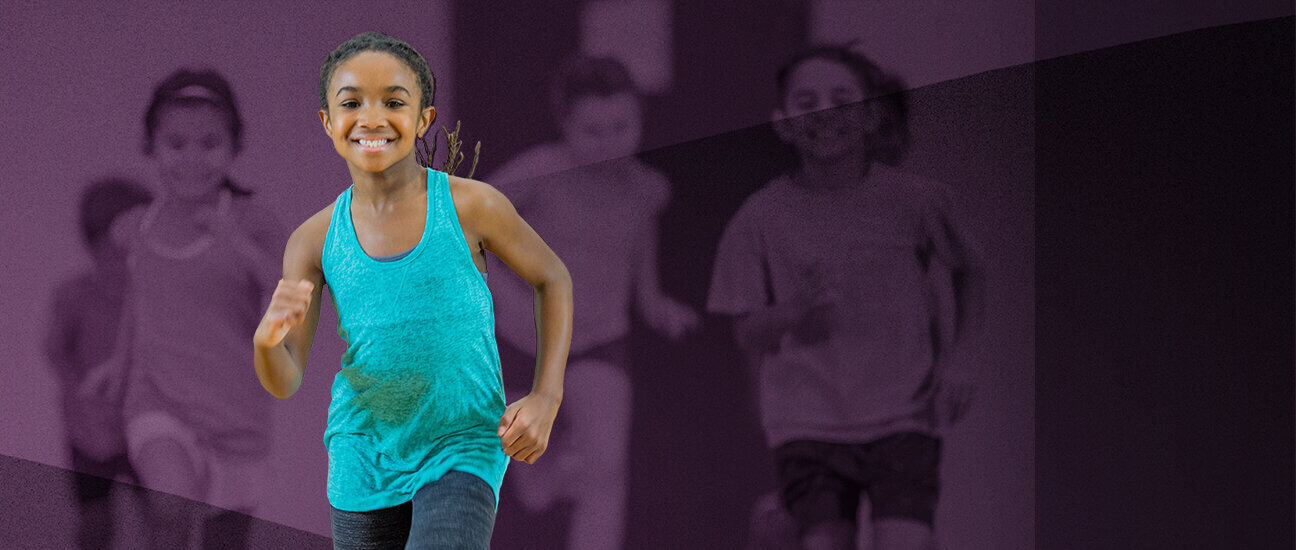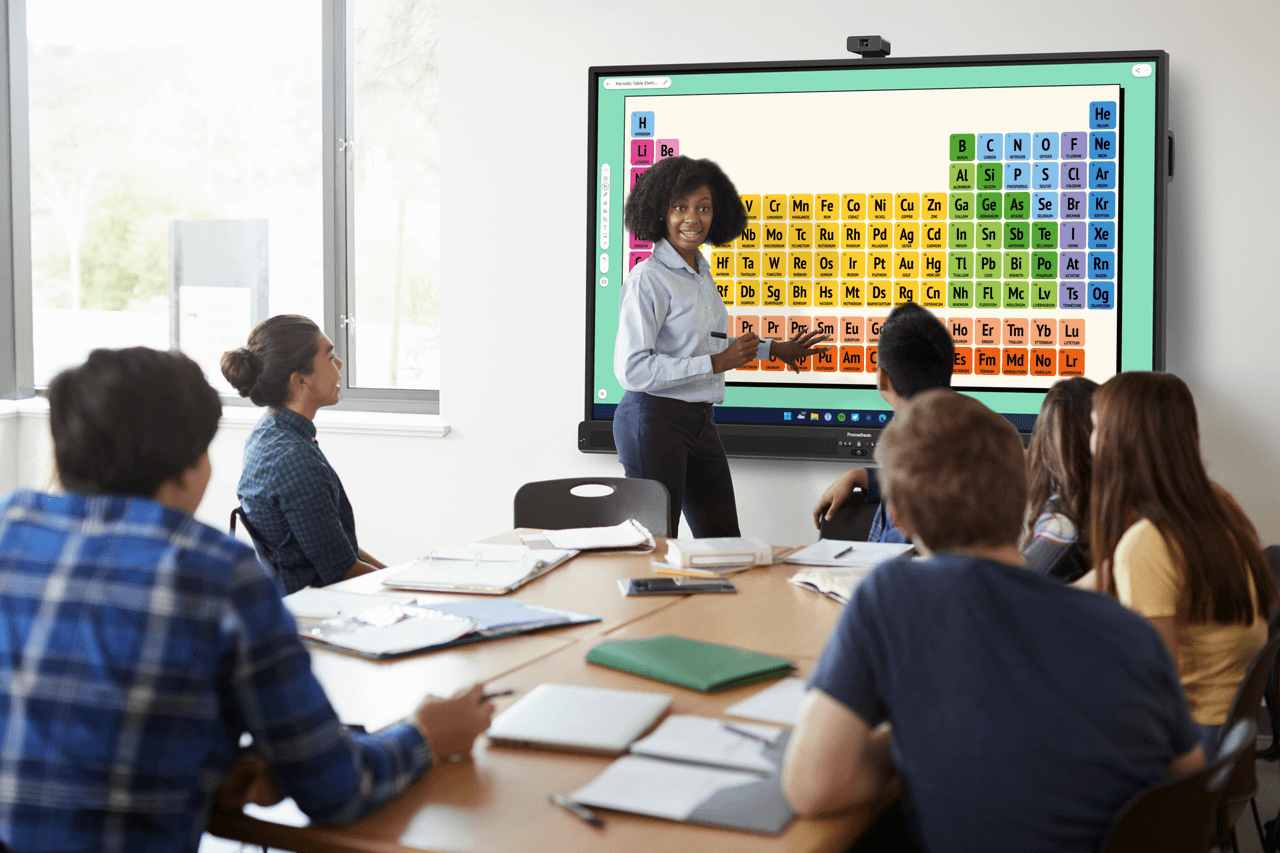Published on March 17th, 2023
Experiential learning ideas for each subject
7 minute read

Here are some experiential learning ideas for teachers to try with their students across the curriculum.
Experiential learning is one of the most popular trends in education. It’s based on the idea that students learn best through hands-on experiences, rather than just reading or writing about a concept. Subjects such as physical education lend themselves naturally to experiential learning, since they’re taught through practical activities. It can be less obvious to create experiential lessons for other subjects, such as math or history.
Art and Design
- Make a flipbook to understand the principles of stop motion animation and visual storytelling.
- Understand artistic principles of light, color, background, foreground, and focus by taking photos in different settings.
- Use the ActivPanel to immerse students in a different setting by displaying a live or 3D backdrop, giving them a sense of landscape, atmosphere, textures, light, and color.
- Explore different media by using materials found outside or in a particular location to create a piece of art.
- Make models and sculptures using different materials or try to recreate famous architecture.
English
- Display a setting or backdrop from a historical period or location on the ActivPanel while reading or writing a relevant story.
- Role-play different scenarios to understand a stock characters’ feelings or improvise dialogue to develop conversation and writing skills.
- Write a diary of the last week to understand interiority, chronology, and sequencing events.
- Watch a short video on the ActivPanel as a prompt to inspire a story, then compare the themes to the final piece.
- Read or write in a different environment, such as outside or in a different room, with different light or sound conditions.
- Explore grammar by writing a set of instructions for a peer to follow with one word class (such as adjective, noun, and verb) removed, reflecting on the role of each word in the reader’s understanding and clarity.
- Write letters to pen pals, building communication skills, comprehension, and emotional intelligence.
Math
- Explore geometry by making a 3D cube from a 2D net or symmetrical paper snowflakes.
- Predict the outcomes of dice rolls, then record the actual results and compare probabilities.
- Solve algebra puzzles where the equation’s letters are represented by objects such as fruit.
- Follow a recipe to bake a cake for a set number of people, understanding quantities and proportions, then divide up the finished product to explore fractions.
- Record times students go to sleep and wake up across a week, then plot the results on a graph, represented in different chart formats.
P.E.
- Design an obstacle course that tests particular muscle groups, then reflect on the impact on peers.
- Explore how bodies stretch and move by making a dance/gymnastic move, shape, or letter.
- Use a stopwatch to run a set distance at different speeds, reflecting on the effect on different muscle groups.
- Assign a captain for a match who sets a strategy or tactic for the team to follow, then reflect on its strengths and weaknesses.
- Play in different team positions and reflect on the skills required, as well as personal ability in those roles.
Science
- Keep a diary of different drinks consumed over a week to explore how different calories, sugars, and chemicals affect human energy.
- Play tug of war to feel and compare the effect of push and pull forces.
- Grow a plant from a seed to understand the effect of different light conditions, temperatures, and watering regularity.
- Make a kite to test aerodynamics, materials, and forces, including gravity.
- Investigate the school’s climate by taking photos of different animals and plant life around the site, then use device-mirroring to present to the class and group similarities.
Social Science
- Stage debates to understand all factors that contributed to an event, developing an ability to empathize with, consider, and argue all perspectives.
- Build a castle out of different materials, such as sand, then test it with water to understand its resilience and erosion.
- Take photos of an outside area on the school site over a month and then use device-mirroring to present back to the class how it changed during that time and in different conditions.
- Use an ActivPanel to show students how a location has changed over time by comparing the livestreamed version to historical photos or timelapse footage.
- Devise a policy to implement in the school, such as enforced school uniform, present it to peers, poll them for their opinions, invite them to vote on their agreement, and then reflect on how to appeal to an audience.
Do you want to learn more about experiential learning? Check out some additional resources below!
• Using edtech for immersive learning experiences
• The benefits of experiential learning for Special Educational Needs (SEN) students




